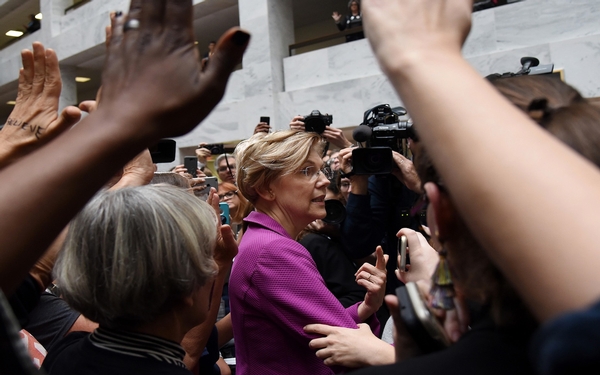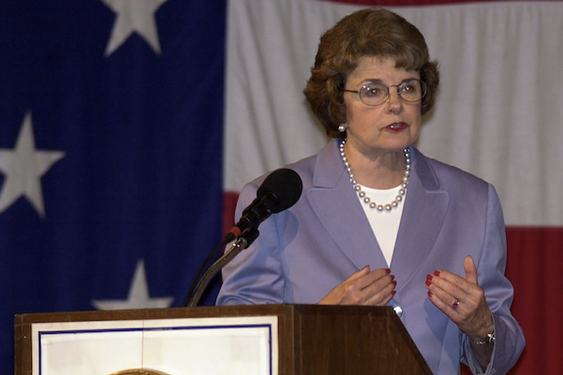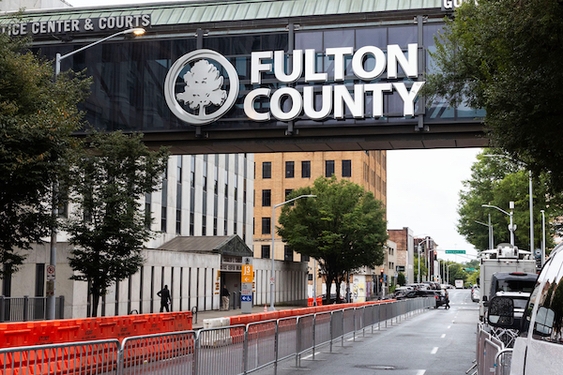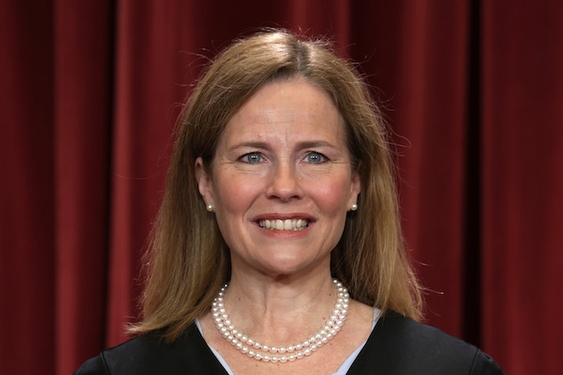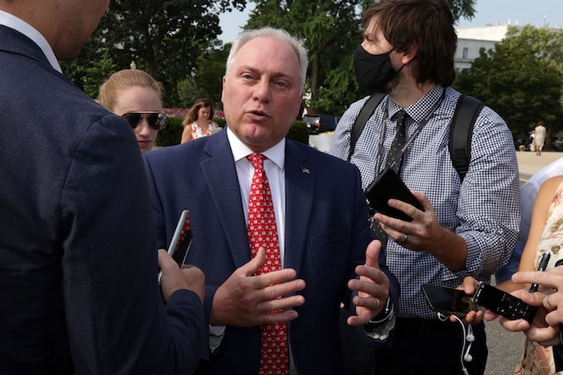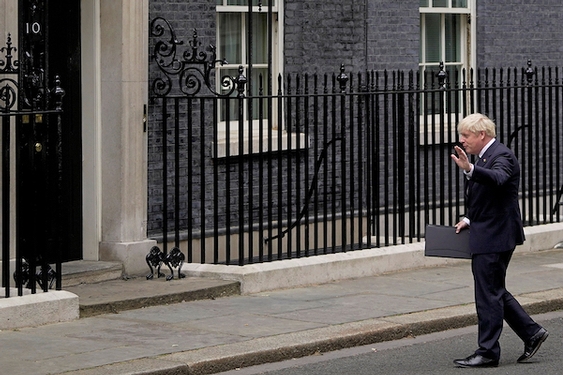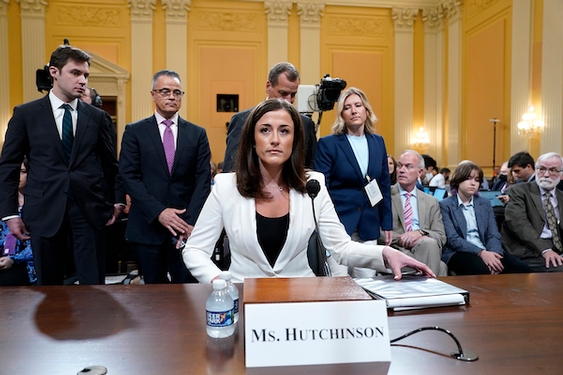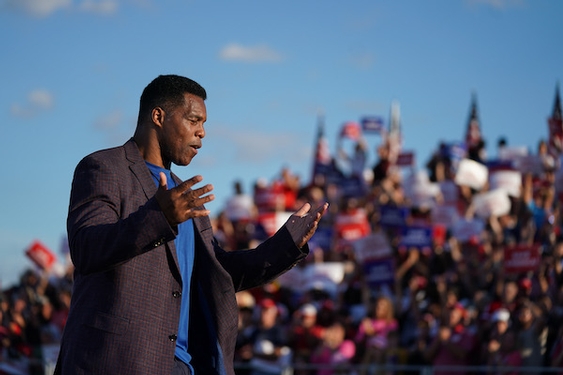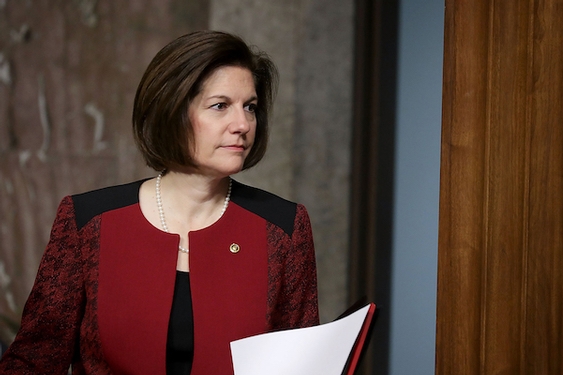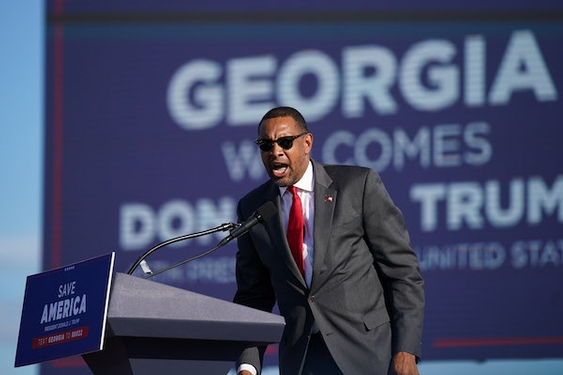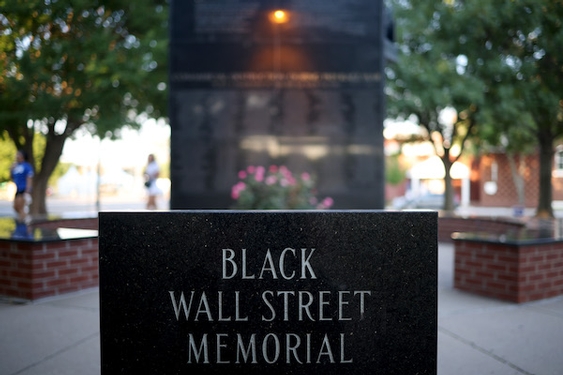The calendar just turned to 2019, but for many ambitious Democrats, it might as well be 2020.
At this point, Democrats eyeing a matchup against President Donald Trump in the next election have been testing the waters for months (if not longer). They’ve embarked on book tours, visited early-voting states, hired new staffers and met with influential party leaders and donors behind the scenes.
This month, many presidential hopefuls will be ready to take the plunge and officially become candidates, kick-starting another campaign for the nation’s highest office. Elizabeth Warren couldn’t even wait for the ball to drop, announcing her plans on Dec. 31.
It’s process that can be both exhilarating and exhausting — for candidates and voters alike. There will be many twists and turns over the next two years. Here is a guide to help you follow it all.
Working up to an announcement
With the exception of Warren and Maryland Rep. John Delaney, who entered the presidential contest in the summer of 2017, most Democratic presidential aspirants have been playing coy. Up until now, they’ve only been “thinking about” or “mulling” or “seriously considering” a bid.
That will change quickly in the new year. But once a contender decides to run, he or she doesn’t just come out and say so right away.
First, there’s the exploratory committee, which allows potential candidates to begin raising money. Then there’s often an announcement about … another announcement — where the final decision will be made public at a rally with supporters. For instance, former Housing and Urban Development secretary Julian Castro, who created an exploratory committee in December, said he will announce whether he will run for president on Jan. 12 in his home state of Texas. (Spoiler alert: He’s running, according to his brother.)
Separating contenders from pretenders
Going through the multi-step announcement process is the easy part. With upward of 30 Democrats considering a White House bid, candidates will have to prove right away that they are the real deal.
That means not only more trips to Iowa and New Hampshire to win over activists and voters, but also to New York and California to win over donors. The first major campaign finance reporting deadline arrives on April 15, which will provide a window into whether candidates will have the financial wherewithal to make it through a long and expensive race.
The average Democrat who doesn’t happen to reside in an early state or have loads of cash to donate, however, will still largely be tuned out at this point. That will begin to change once the debate season arrives as the Democratic candidates will appear alongside one another in front of a national audience for a first time.
The first of 12 debates is scheduled for June 2019. Half of the debates are set to take place in 2019, with the other half in 2020. In an attempt to manage a sprawling field, the first two debates may be split up over two nights, with the lineup for each drawn at random. To qualify for the debates, the Democratic National Committee said candidates will have to meet criteria that will include factors such as polling and fundraising.
During the 2016 cycle, the DNC initially sanctioned only six debates, the first of which took place in October of 2015.
Let the voting begin
Not long after the calendar actually turns to 2020, Democratic voters will have their say. The usual four states will kick off the nominating process in February: Iowa, New Hampshire, South Carolina and Nevada.
However, there will be a few changes on the calendar that could affect the candidates’ strategies. Most notably, delegate-rich California moved its primary up from June to March 3, so early voting in the state would begin on the same day as the Iowa caucuses, if the current schedule holds.
Even so, history suggests winning either Iowa or New Hampshire is a necessary first step. Since 1976, Bill Clinton is the only candidate from either party to win a presidential nomination while losing both Iowa and New Hampshire.
There will be another seemingly small, but significant, difference in the 2020 process: fewer caucuses. Voting in a caucus is a much more complicated process that simply going to a polling place and casting a ballot. Participants must show up to a caucus site at a specific time and stay through multiple rounds of voting. Critics argue the process limits turnout since it’s typically only the party’s most hardcore activists who are willing to give up an evening or a Saturday to attend a caucus.
The DNC is encouraging states to use a primary system for 2020. But if they choose to stick with a caucus, the DNC is also pushing states to allow for absentee voting and same-day registration, as well as to open the process up to independents. So far, six states have already ditched their caucuses for 2020. The move could hamper insurgent candidates who have the support of liberal activists. In 2016, Bernie Sanders won 12 of the 14 caucuses states over Hillary Clinton.
Democrats award delegates proportionally, so if the field of candidate remains large throughout the primary season, the fight could drag on into the summer.
Conventions
After the final votes of the primary and caucus season are cast in Washington, D.C., in mid-June, it’s on to the conventions. The Democrats’ gathering will take place July 13-16, but they’re still deciding on the location. Houston, Miami Beach and Milwaukee are the three finalists to host.
Wherever the Democrats descend, and whoever is nominated, one thing is certain: the role of so-called “superdelegates” will be greatly diminished.
At the convention, most delegates are already bound to a certain candidate based on the results of their state’s primary or caucus. But there are also a group of unpledged delegates, mostly current and former high-ranking Democratic officials, who are free to support any candidate they want. In 2016, about 15 percent of all delegates were superdelegates, and the vast majority backed Clinton. This sparked backlash from the Sanders camp, who saw the process as stacked against them, even though Clinton also had a lead in pledged delegates.
But to avoid even the perception that the party is tipping the scales, the DNC approved new rules over the summer that will prevent superdelegates from participating in the first round of voting at the convention. In the rare event that there is a deadlock, superdelegates would then be able to step in.
Meanwhile, the Republican National Convention is set to take place Aug. 24-27 in Charlotte, N.C., where, barring the unexpected, Trump will officially accept the GOP’s presidential nomination.
General election
Once all the confetti has been swept off the floor of the Spectrum Center, the final sprint to the general election begins.
This two-month stretch will be marked by three presidential debates, one vice-presidential debates and nonstop ads and candidate appearances in swing states. At this early stage, operatives in both parties think Michigan, Pennsylvania and Wisconsin — three traditionally blue states Trump won in 2016 — and battleground Florida will be at the center of the fight for the 270 electoral votes needed to capture the presidency. Trump is aiming to become the fourth straight president to earn a second term in office.
And on Nov. 3, it all comes to an end. One would hope.
———
©2019 McClatchy Washington Bureau
Visit the McClatchy Washington Bureau at www.mcclatchydc.com
Distributed by Tribune Content Agency, LLC.


